本文由 Baracco+Wright Architects 授权mooool发表,欢迎转发,禁止以mooool编辑版本转载。
Thanks Baracco+Wright Architects for authorizing the publication of the project on mooool, Text description provided by Baracco+Wright Architects.
B+W Architects:第16届国际威尼斯建筑双年展澳大利亚馆的主题是修复。一直以来,我们在澳大利亚建造的建筑和城市,主要是为了将我们与自然环境隔离开来,而这就造成了人们开始逐渐忽视自然系统,所以,建筑环境学科的思维正在转向修复自然环境,作为城市形态的一个有意义和可持续的框架——以城市扩张的逆序扩展自然环境。
B+W Architects:The theme for the Australian Pavilion at the 16th International La Biennale di Venezia Architettura is Repair. Since we’ve been making buildings and cities in Australia, it has mostly been to separate us from the natural environment. Consequences of the disregard of natural systems are now being felt and there is a shift of thinking amongst built environment disciplines towards repairing the natural environment as a meaningful and enduring framework for urban form – an expansion of the natural environment in a sort of reverse order of urban sprawl.


澳大利亚皇家建筑师协会提出“修复”的理念作为建筑思维方式,即建筑如何在修复其所在的场地中发挥作用,将成为建筑文化的一项重要策略。这与澳大利亚建筑师的工作息息相关,他们在世界上最多样化和生态最敏感的地方之一工作,在澳大利亚,一般人们都会知道和了解殖民前的场地条件状况。但特别的是,我们的城市散布在残馀的植被,与较大的自然系统紧紧相连,这也让我们记住,我们的城市是建立在我们第一民族的传统文化景观周围和之上的。
Presented by the Royal Australian Institute of Architects, Repair as an approach to architectural thinking, that is, how can architecture play a role in repairing the places it is part of, is set to become a critical strategy of architectural culture. It is particularly relevant to Australian architects who work in one of the most diverse and ecologically sensitive landscapes in the world, where the pre-settlement condition can still often be known and understood. Uniquely, our cities are interspersed and bordered by remnant vegetation and often connected to larger natural systems. Let’s also remember that our cities are built over and around the traditional cultural landscapes of our First Nations peoples.

将土地用于建筑并不是一件小事。建筑的作用是积极参与修复它所在的场地:土壤、水文、栖息地、联系、地表水流、微生物、植被等等。这种修复对制定其他更广泛的社会、经济和文化修复至关重要。第一步是修复自然环境。建筑师如何做到这一点,将是一个尚未完全想象出来的令人兴奋的建筑发展。它需要跨越学科界限,将建筑知识扩展到跨多个尺度的场地前端进行详细理解,就这样通过小规模的行动在大规模中发挥作用,根据我们作出的许多决定促进环境的修复。
2018年威尼斯双年展的“修复”项目旨在通过这种方式,将设计视角从建筑扩展到建筑环境中,在众多需要修复东西的参与者中提倡建筑的角色。
The use of land for buildings is no small act. There is a role for architecture to actively engage with the repair of the places it is part of: the soil, hydrology, habitat, connections, overland water flow, microorganisms, vegetation and so on. This type of repair is critical to enacting other wider types of social, economic and cultural repair. The first move is the repair of the natural environment. How architects can do this will be an exciting development of an architecture not yet fully imagined. It requires a coming together across disciplinary boundaries and a widening of the architectural knowledge base to a front end detailed understanding of a site across multiple scales; where the very small scale action has a role in the large scale, and a facilitation of repair of the environment through the many decisions we make.
In this way, Repair at the 2018 La Biennale di Venezia aims to expand the point of view from the object of architecture, to the way it operates in its context; and to advocate a role for architecture among the many players it takes to repair something.



这种呈现另一种视角的方式是威尼斯双年展“自由空间”主题的核心。Grafton建筑事务所的策展人Shelley McNamara和Yvonne Farrell要求参与者“鼓励反向思考,用新的方式看待世界,创造解决方案,让建筑为这个脆弱星球上的每个公民提供幸福和尊严”。“修复”解决了Farrell和McNamara的呼吁“激发对核心建筑价值的讨论”,并验证了“建筑在这个充满活力的星球上的相关性”。
This way of presenting an alternative perspective is central to the theme of La Biennale di Venezia, Freespace. The curators, Shelley McNamara and Yvonne Farrell of Grafton Architects, have asked participants to ‘encourage reviewing ways of thinking, new ways of seeing the world, of inventing solutions where architecture provides for the wellbeing and dignity of each citizen on this fragile planet’. Repair will address Farrell and McNamara’s call ‘to stimulate discussion on core architectural values’ and to validate the ‘relevance of architecture on this dynamic planet’.


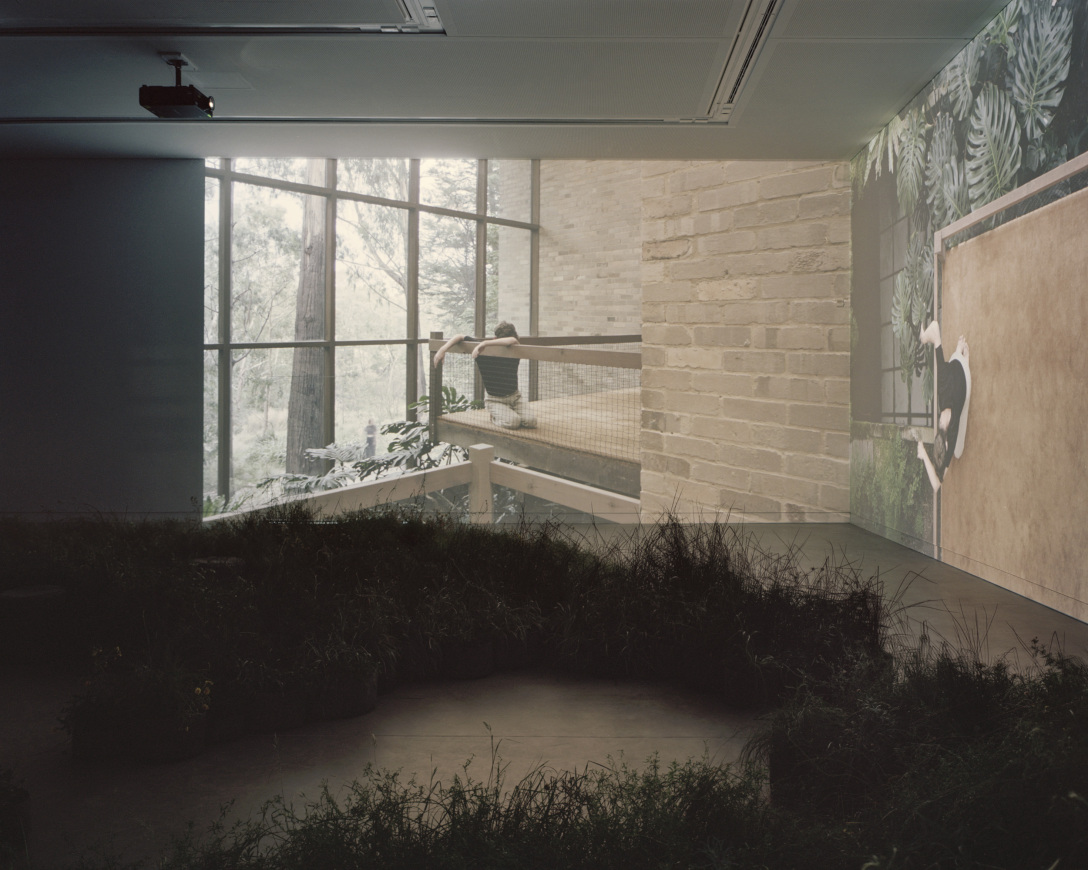
在澳大利亚艺术家Linda Tegg的作品中,我们也可以找到这种鼓励反向思维的方式。2014年,Linda在维多利亚国家图书馆前建了一片草地,展示了这片场地曾经的风貌。这是一个有力而直接的行动。今年(2018年),Linda和Baracco+Wright合作开发了一个有机装置——草原修复,展示了60多种西部平原草原植物(澳大利亚东南部)。这些植物群落中,只有1%是欧洲殖民时代以前留下来的,都因城市化、农业、放牧和工业用地的开发而被移除了。
通过这种改造和置换,植物经历了一个明确的转变——从供人类使用的土地,到作为澳大利亚文化机构的居民。这些关系在草原修复的过程得以体现:从寻找种子开始,到学习如何让种子发芽,将种子运到意大利,与意大利的合作伙伴一起种植,并将它们呈现给观众。
The encouragement to review ways of thinking, is also an approach that can be found in the work of Australian artist Linda Tegg. In 2014 Linda installed a grassland in front of the State Library of Victoria revealing what once was on this site. It was a powerful and direct move. This year, Linda and Baracco+Wright will be collaborating on a living installation, Grasslands Repair, that presents more than 60 species of Western Plains Grasslands plants (south east Australia). Only one per cent of this plant community remains from pre- European settlement times, having been removed through urbanisation, agriculture, grazing and industrial land use.
Through this act of reclamation and displacement, the plants undergo a categorical shift – from ground for human use, to inhabitants of Australia’s cultural institutions. These relations are manifested through the process of making Grasslands Repair. From sourcing seed, learning how to germinate them, transporting the seed to Italy, growing them with the Italian partners, and bringing them into view for an audience.
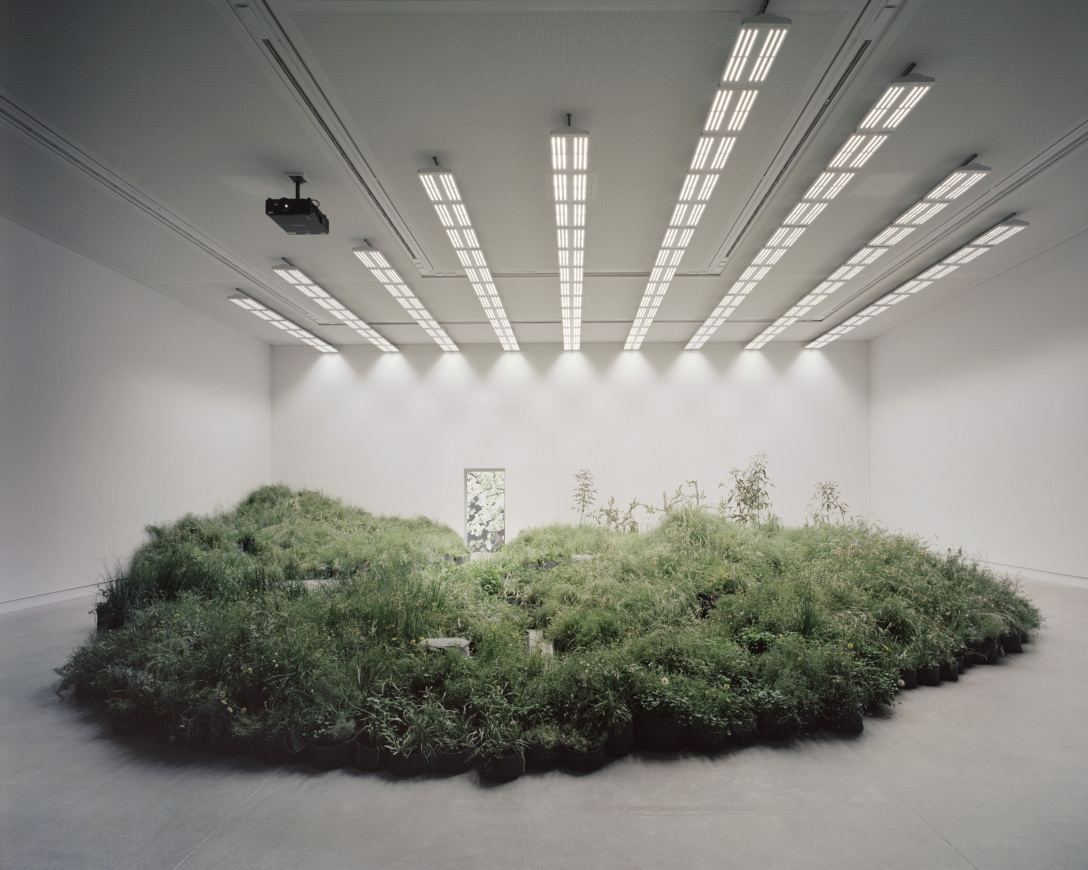
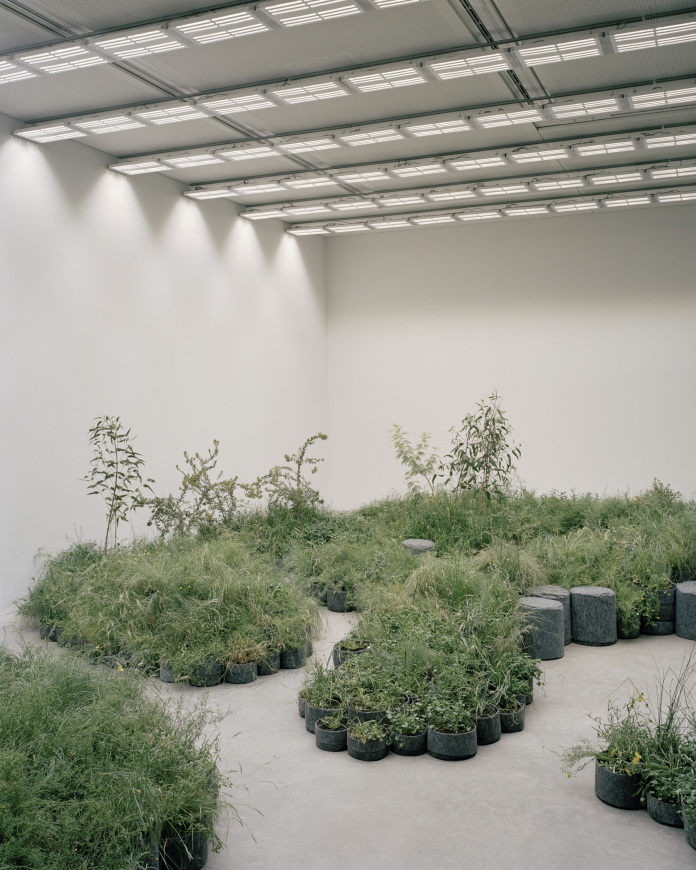
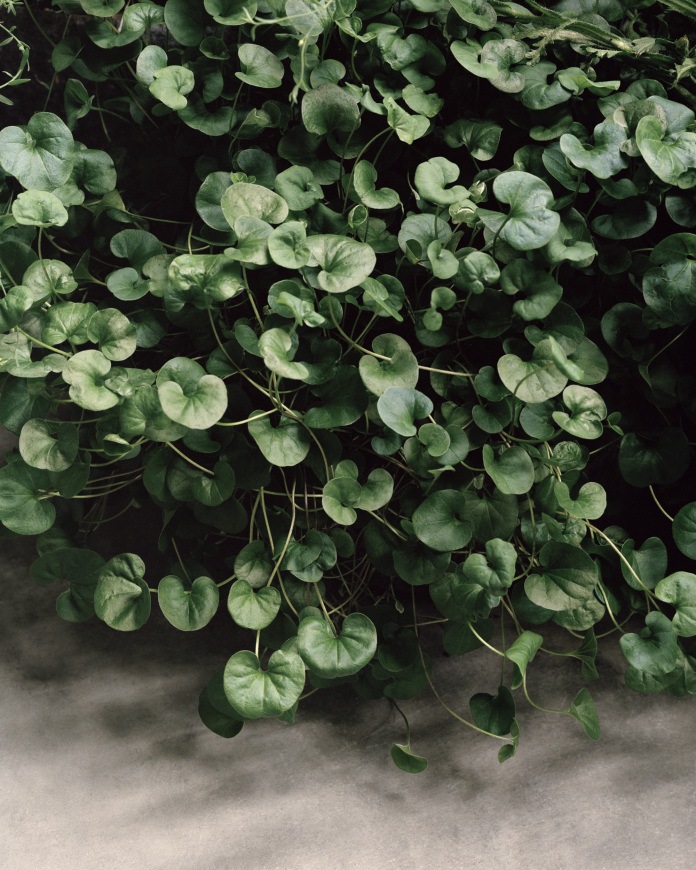
草原修复展现了我们在占据土地时,这片土地被取代(移除)的东西。
我们在草地上方,安装了天窗,这是一个维持生命的照明装置,它为建筑结构所否定的植物提供必要的光照,并将意大利电网的能源——64%来自化石能源,21%来自水力能源,9%来自风能和太阳能,5%来自核能,还有1%来自地热能——输送到植物体内。
Grasslands Repair presents what is displaced when we occupy land.
Above Grasslands Repair, Skylight will be installed. It is a life-sustaining light installation providing the necessary light spectrum to the plants denied by the fabric of a building. It channels energy from the Italian electricity grid – 64 per cent Fossil, 21 per cent Hydro, nine per cent Wind and Solar, five per cent Nuclear, and one per cent Geothermal – into the bodies of plants.
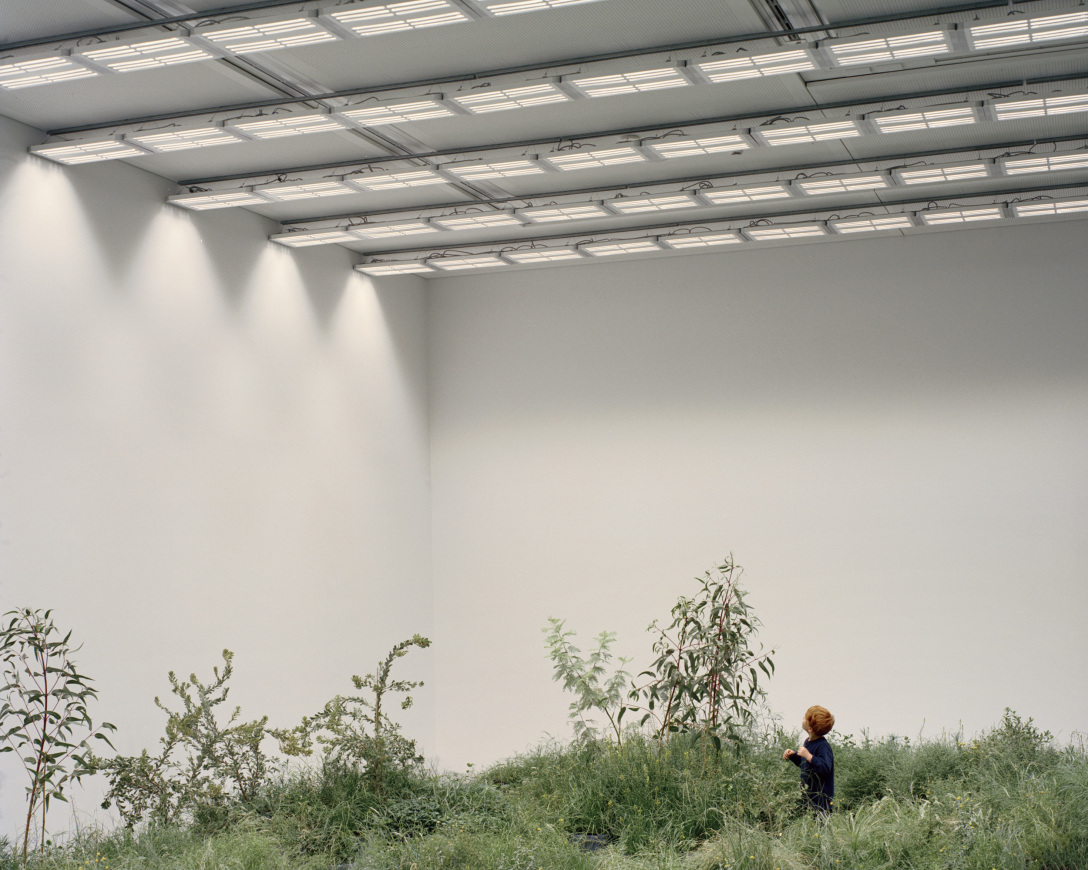
除了这个装置,Linda Tegg和Baracco+Wright还将与David Fox共同合作呈现一个视频《大地》来表现此次的“修复”主题。《大地》通过展示建筑作为环境一部分所在的场地,而不是单一对象,旨在使我们根据我们可能认为的周围的世界或我们的世界来重新定位自己。
Baracco + Wright 也邀请了更多的团队来支持主题的构建和发展,包括建筑师和人类学家Paul Memmott,景观设计师Chris Sawyer,景观设计师和城市规划设计师Tim O’Loan,策展人顾问Catherine Murphy,生态学家David Freudenberger,建筑师Lance van Maanen 和 Jonathan Ware。
Alongside this installation, Australian projects that address the theme of repair will be presented through a video, Ground, conceived by Linda Tegg and Baracco+Wright with David Fox. Ground challenges us to reorient ourselves in relation to what we might consider the world-around-us, or the world-for-us. It presents the context of the places the architecture is a part of rather than singular objects.
Baracco + Wright has also invited a wider team to support the framing and development of the theme, including architect and anthropologist Paul Memmott, landscape architect Chris Sawyer, landscape architect and urban designer Tim O’Loan, curatorial advisor Catherine Murphy, ecologist David Freudenberger, and architects Lance van Maanen and Jonathan Ware.
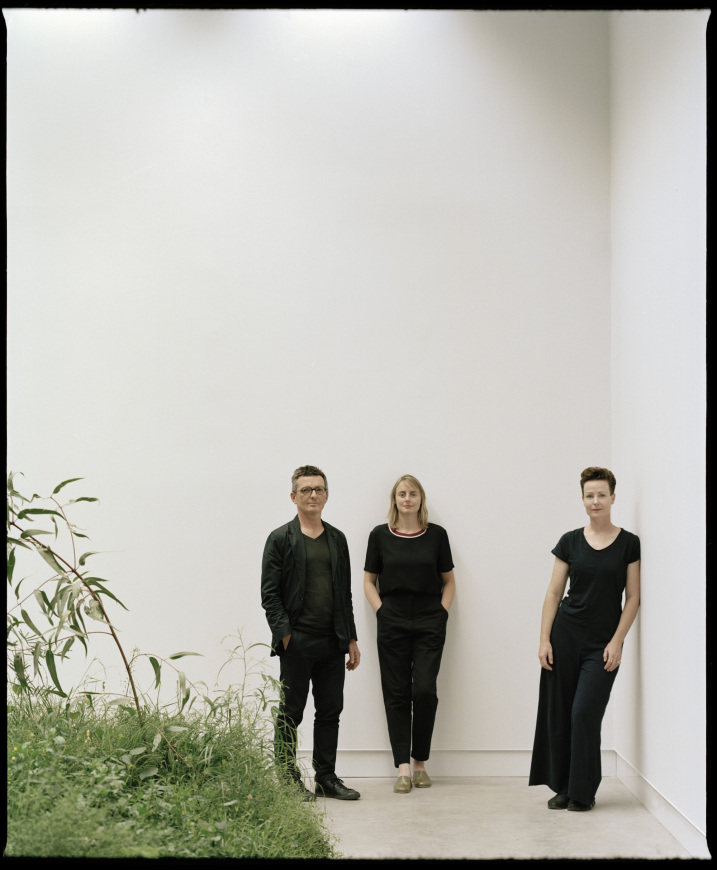
项目:修复
地点:威尼斯澳大利亚馆
年份:2018年
设计:Baracco+Wright Architects与Linda Tegg合作设计
摄影师:Rory Gardiner
Project: Repair
Location: Australian Pavilion, Venice
year: 2018
Design: Baracco+Wright Architects in collaboration with Linda Tegg
Photographer: Rory Gardiner
更多 Read more about: Baracco+Wright Architects






0 Comments